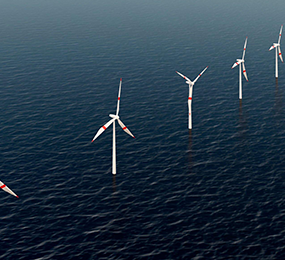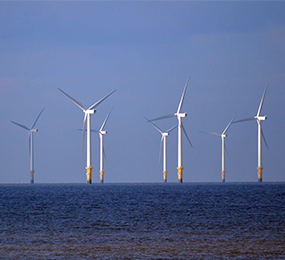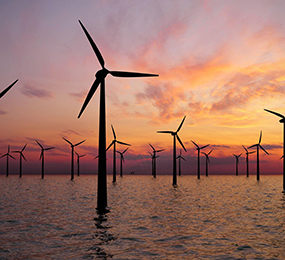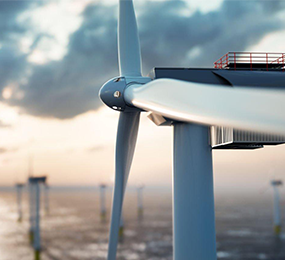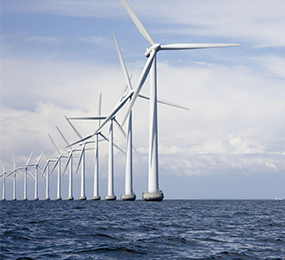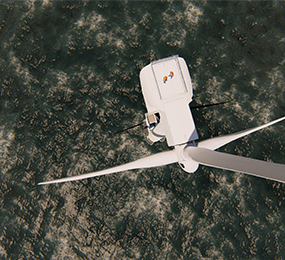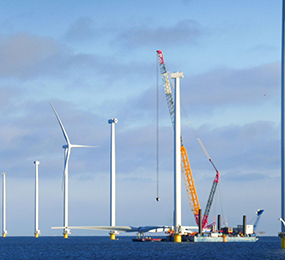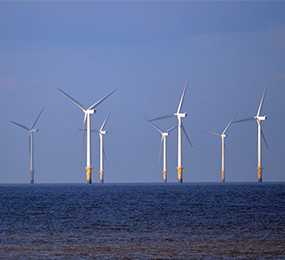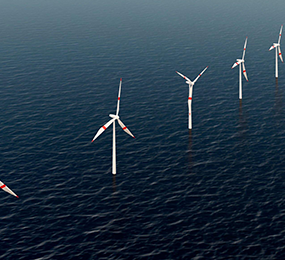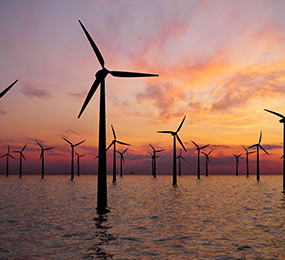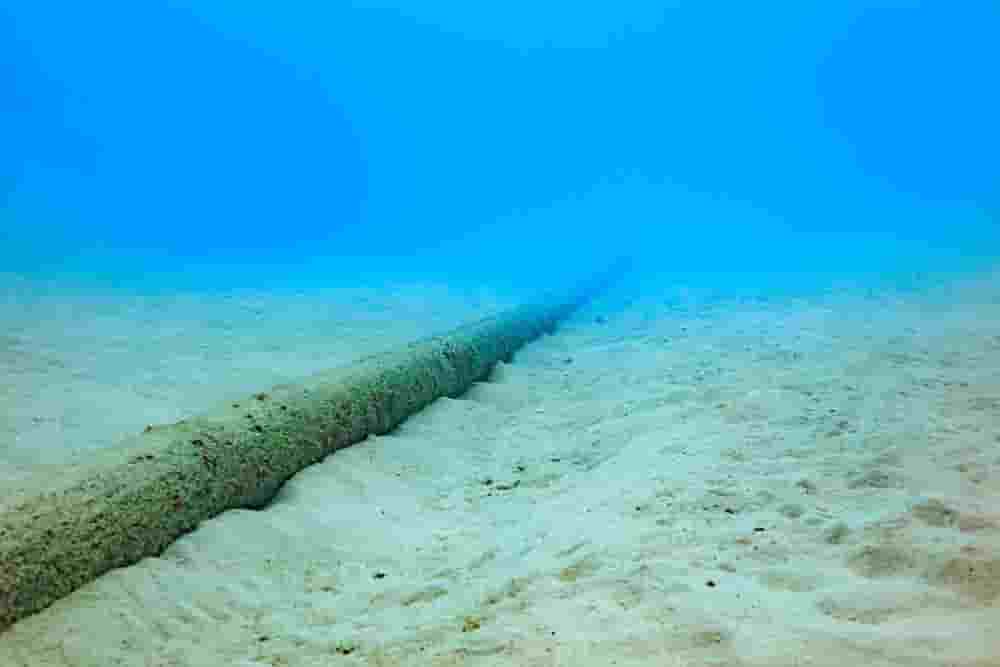Investing in Port and harbors for floating wind
Since the construction of the first floating wind farm (a wind farm in the sea some distance from the coast) in 1991, the floating wind energy sector has grown enormously, primarily driven by northern European countries, particularly the United Kingdom, Germany, and Denmark, to become an import source of energy in today's world, with undeniable future potential.
The steps of production, preinstallation, installation, commissioning, operation and maintenance, and finally decommissioning of a wind farm project will all require one or more port and harbor terminals with particular facilities for the various construction phases. The major supply chain businesses will establish an operational base in the port and harbor, and the port and harbor terminal will therefore become a center for first-tier logistics, and thus a critical component in the project's successful operation.
As a result, the port and harbor has import strategic significance for all stakeholders.
The project developer's installation approach will have a direct influence on the properties and facilities that manufacture and assembly port and harbor terminals must have, as well as the type of port and harbor to be used. There are now two options depending on the quantity and kind of installation and transport and harbor boats, as well as the amount of assembly to be performed in the port and harbor.
• Transit strategy: components are transport and harbored to the wind farm aboard installation boats. Depending on the actions performed at the port and harbor terminal, two building approaches may be distinguished: manufacturing and assembly of components in the port and harbor, or merely preassembly thereof.
• Feeding approach: Components are brought to the wind farm aboard transport and harbor or feeder vessels. Today, the most common technique is transferring preassembled components in the port and harbor.
The type of port and harbor terminal employed by the floating wind sector is determined first and foremost by the phase of the project for which it will be used: installation or operation and maintenance of the wind farm.
Port and harbors used during preinstallation and installation of a wind farm must have import components and facilities and might be of the following sorts, depending on the installation method to be utilized:
• Import and harbor/export and harbor port and harbors: These are port and harbors that receive components from onshore factories. Components are handled and stored before being loaded aboard boats for transit to manufacturing and assembly port and harbors.
• Production port and harbors: As wind turbine components become larger and heavier, road transport becomes less economical, therefore turbine and foundation manufacturers are progressively building manufacturing operations in appropriate port and harbors. This follows in the footsteps of cable makers, where port and harbor manufacturing has been well established since the inception of the floating cable sector.
• Assembly port and harbors: This is where components coming from manufacturing plants are preassembled. Components are delivered either by road or, increasingly, by sea.
The utilization of the same port and harbor terminal for manufacturing and assembling wind turbines and nacelles will be determined by the project's ability to save money via supply chain optimization.
• Mobilizing port and harbor: These are port and harbors that receive pre-assembled turbine components and foundation units that can be loaded onto vessels for transit to the floating wind farm where they will be erected. There is no manufacture, assembly, or storage; they are merely port and harbors that give assistance for agricultural construction.
• Operation and maintenance port and harbors: These port and harbors provide support and harbor services for the wind farm's operation and maintenance. They must provide a quick reaction for operational exigencies; thus, they must be positioned close to the farm to save travel times for workers and parts and optimize floating on-site working times. These port and harbors do not need any large-scale installations or special characteristics.
Visit our website to know more: https://bit.ly/3WI81v2
For more information and group participation, contact us: [email protected]
Leadvent Group - Industry Leading Events for Business Leaders!
www.leadventgrp.com| [email protected]
#WindPower #windpowered #windpowerplant #windpowergeneration #windpowerview #windenergy #windenergydevelopment #windenergypowerplant #WindEnergyTurbines #WindWaterWave #annualevent #annualmeeting #annualevent2023 #annualevents


